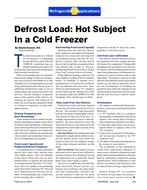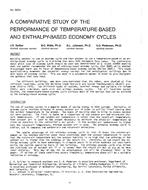Automated fault detection and diagnosis (AFDD) methods, followed by corrections, have the potential to greatly improve a building and its system’sperformances. Existing AFDD studies mostly focus on component and sub-system AFDD. Much less efforts have been spent on detecting anddiagnosing faults that have a whole building impact. Component diagnosis decouples the connections between building subsystems and may reach local andoften incorrect solutions without leading to an overall sustainable and optimally conditioned systems. In this pilot study, a data driven fault detectionmethod that has been successfully applied to component fault detection: Pattern Matching (PM) and Principle Component Analysis (PCA) method isapplied for whole building fault detection. Real building data that contain artificially injected faults and naturally occurred faults are used to evaluate themethod’s accuracy and false alarm rate. The method presents a great potential to be a cost-effective and accurate whole building fault detection strategy.
Citation: 2017 Annual Conference, Long Beach, CA, Conference Papers
Product Details
- Published:
- 2017
- Number of Pages:
- 8
- Units of Measure:
- Dual
- File Size:
- 1 file , 2.6 MB
- Product Code(s):
- D-LB-17-C044


